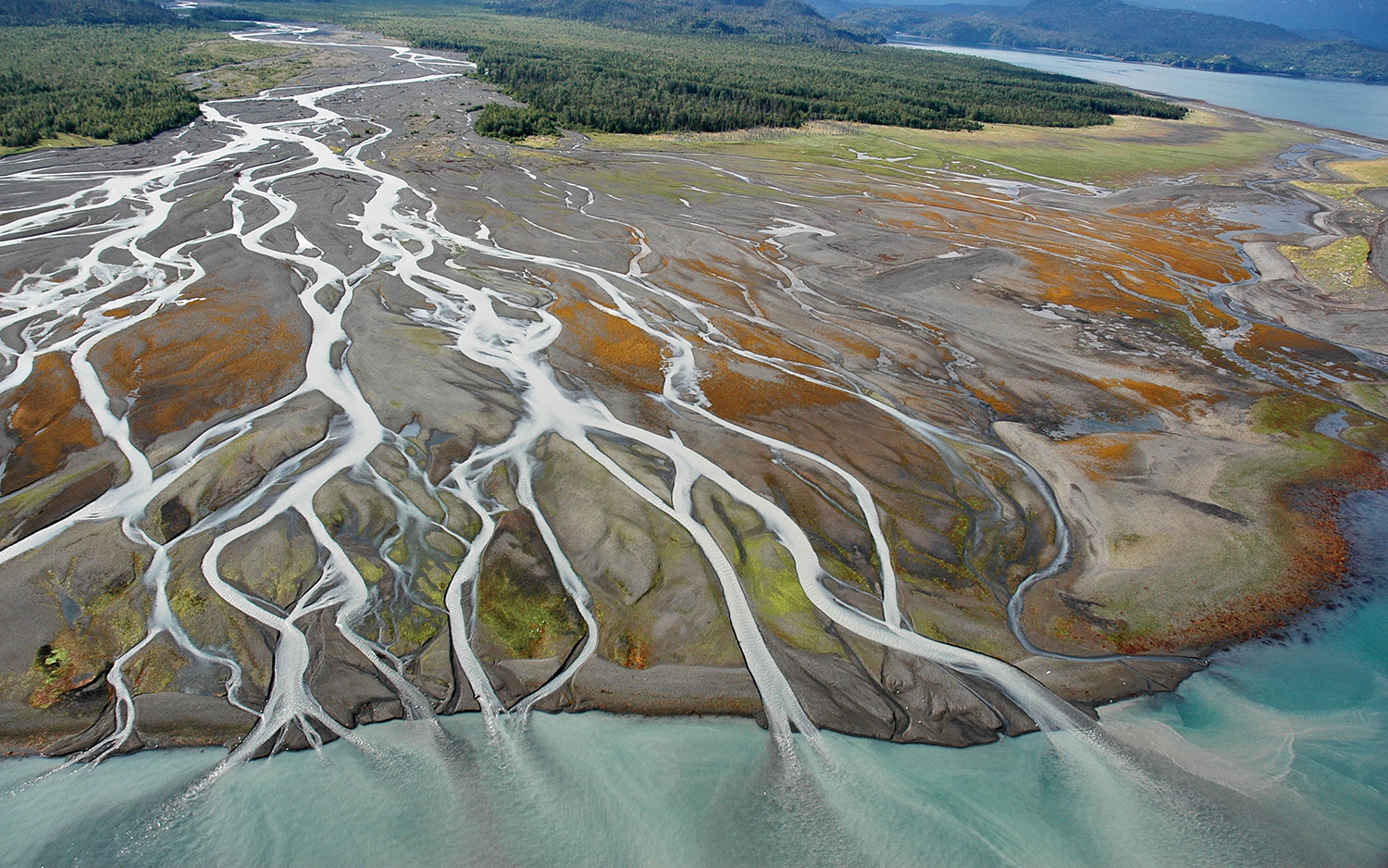Melting Arctic Permafrost Releases Acid that Dissolves Rocks

As temperatures rise in the Arctic, permafrost — permanently frozen ground — is defrosting at an alarming rate. But the permafrost isn't the only thing in the Arctic that's melting.
Exposed rock that was once covered in ice is dissolving, eaten away by acid. And the effects of this acid bath could have far-reaching impacts on global climate, according to a new study.
Icy permafrost is rich in minerals, which are released when the ice melts. The minerals then become vulnerable to chemical weathering, or the breakdown of rock through chemical reactions, scientists recently reported. They investigated areas once covered by permafrost in the western Canadian Arctic, finding evidence of weathering caused by sulfuric acid, produced by sulfide minerals that were released when the permafrost melted. [See Stunning Photos of Earth's Vanishing Ice]
Another type of naturally occurring chemical erosion is caused by carbonic acid, and it also dissolves Arctic rock. But although carbonic-acid weathering locks carbon dioxide (CO2) in place, sulfuric-acid erosion releases CO2 into the atmosphere, and it does so in quantities that were not previously accounted for, researchers wrote in the study.
Dramatic changes are underway in the Arctic, which is warming twice as fast as any other location on Earth. Sea ice is rapidly dwindling, which reduces the ocean's heat-reflecting cover, accelerating the rise of ocean temperatures. And polar bears, which depend on sea-ice cover to hunt for seals, are losing their hunting grounds, and have a harder time finding enough to eat.
On land, melting permafrost is shaping new landscapes, through a process called thermokarst — a term for thawing-driven erosion that originated in Russia, according to the U.S. Geological Survey (USGS).
Thermokarst creates land formations such as lakes, pits and sinkholes, and it was previously unknown how this process could affect weathering of exposed minerals, and how that might then impact CO2 release, according to the study.
Get the world’s most fascinating discoveries delivered straight to your inbox.
"These processes may influence the permafrost carbon-climate feedback, but have received little attention," the scientists reported.
Over geologic timescales, weathering caused by carbonic acid can help to regulate climate, by trapping CO2 and restricting its transfer into the atmosphere. But the researchers found that thermokarst in regions that were rich in sulfides drove production of sulfuric acid, rather than carbonic acid, and thereby released quantities of CO2.
An estimated 1,400 billion tons of carbon are stored in permafrost, Live Science previously reported, and as thawing continues and thermokarst activity intensifies, sulfide-rich regions will continue to transfer CO2 from its icy tomb. However, how that will balance out against the permafrost regions that still produce carbon-trapping carbonic acid is unknown, according to the study.
The findings were published online Sept. 5 in the journal Geophysical Research Letters.
Original article on Live Science.

Mindy Weisberger is a science journalist and author of "Rise of the Zombie Bugs: The Surprising Science of Parasitic Mind-Control" (Hopkins Press). She formerly edited for Scholastic and was a channel editor and senior writer for Live Science. She has reported on general science, covering climate change, paleontology, biology and space. Mindy studied film at Columbia University; prior to LS, she produced, wrote and directed media for the American Museum of Natural History in NYC. Her videos about dinosaurs, astrophysics, biodiversity and evolution appear in museums and science centers worldwide, earning awards such as the CINE Golden Eagle and the Communicator Award of Excellence. Her writing has also appeared in Scientific American, The Washington Post, How It Works Magazine and CNN.


